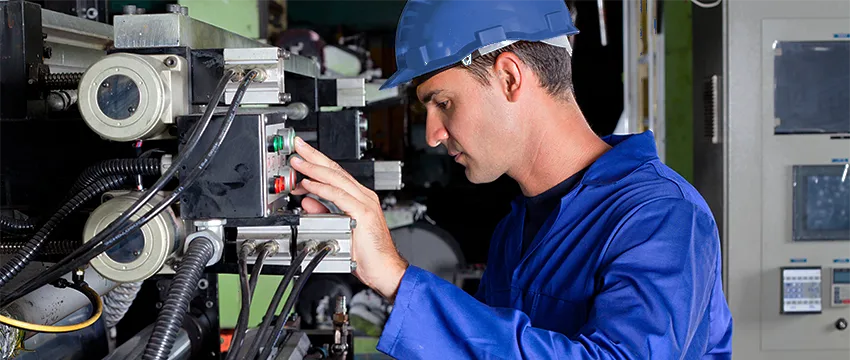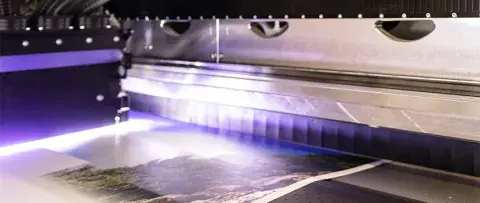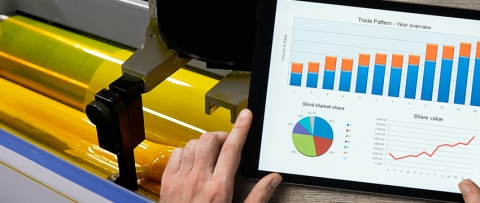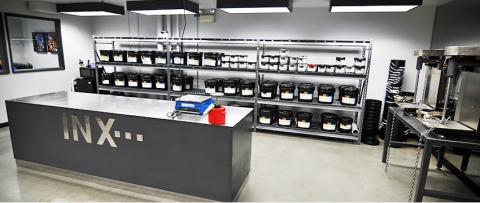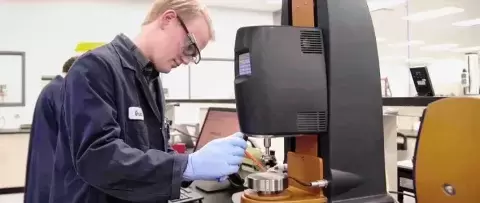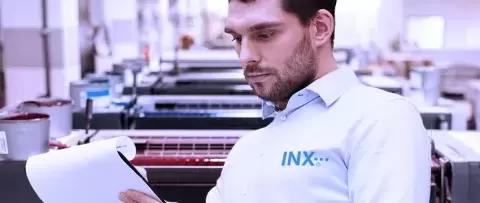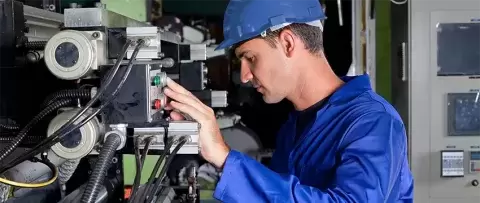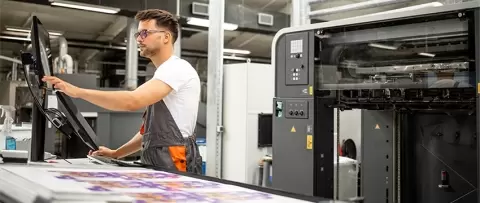Realizing the Many Benefits of Standardized Maintenance
Equipment Health Affects Quality, Profitability
Just like getting an oil change for your car, performing standardized maintenance on printing equipment is an effort that maintains the value of the equipment itself. And, with the never-ending focus on new technologies and tools for the pressroom, it’s easy to lose track of what can be done to keep existing equipment running optimally. Additionally, maintenance should extend beyond mechanical machines. For instance, color management best practices should be followed, and equipment must be calibrated regularly. Standardized maintenance directly minimizes waste and downtime when carefully and reliably practiced. There are also the added benefits of achieving and maintaining print quality, increasing profitability and customer satisfaction.
Delaying maintenance happens for different reasons, including material shortages, budget cuts or prioritizing production over downtime. This is a dangerous gamble with your business and should be avoided. If maintenance must be delayed, the maintenance team must be aware of the risks and communicate that effectively to management. The reason and the solution should be documented in the maintenance schedule. The maintenance team should have a clear plan to reschedule as soon as possible.
The problem and its solution
A maintenance team needs to always be consistent.The goal is to keep production equipment running correctly, and ideally to prolong its lifespan. A good example that we often see in a flexographic pressroom is quality issues with worn or incorrectly used rollers. Regardless of its root cause, this mistake can be avoided with a proper roller maintenance program. When rollers are worn, they can lead to dot gain, mottled solids, hickeys, and ink-drying challenges. Pressroom staff often expect the ink to compensate for any shortfall – but this is impossible.
Just as an IT person working to triage a technical problem might start by asking basic questions (e.g., “Is it plugged in?”), the technical services team at INX must often ask questions to determine the root cause of technical issues. This is an essential step to understand the defective process variables before sending a technical expert out to a customer site. From an ink manufacturer's standpoint, any aspect or part of the equipment that contacts the ink – be it in color mixing on press, or elsewhere, has the potential of becoming an issue.
In addition to keeping the good habits of standardized maintenance, printers can also benefit from working with their equipment manufacturers to conduct audits. Depending on the equipment and the audit’s focus, the auditor may need to visit the printing facility. In other cases, the auditor may be able to log in remotely and use data generated by the equipment to develop a picture of its performance and how well it is being maintained. Audits can help printers notice even minor issues that can lead to big problems. The INX technical team frequently conducts pressroom audits for INX customers.
Standardized maintenance is an essential link to profitability. In fact, without maintenance, print providers cannot achieve consistent quality. Due to the complexity of the printing process, exemplary quality does not just happen. Quality is achieved through constant dedication to process control and job-to-job repeatability.
While some standardized maintenance activities require manual manipulation of press components, others are as simple as effectively cleaning or lubricating presses and other equipment. This includes clearing debris that can potentially ignite.
Press technology has come a long way with software systems that can automate your maintenance schedule or notify your press operator when maintenance needs to be completed. Automation can include telling the operator when a press component needs lubrication, checking sensors or filters. While these systems can simplify maintenance schedules, the operator must know how to complete the task and make it a priority. Some smart presses even possess systems that will shut a press down if critical maintenance is not performed within a set parameter. This is a valuable fail-safe against catastrophic failure. However, within an effective maintenance schedule, this should rarely happen.
CONTACT
Improve printing productivity in the pressroom while reducing applied costs
Contact a Technical Services Rep
The culture of standardized maintenance
Standardized maintenance should be entrenched into the culture of continuous improvement in a pressroom. By looking carefully at the process used within a facility and taking steps to ensure they’re operating effectively, the success of the finished product will follow. Waiting until a problem shuts down your production run is an approach that will ultimately cause a business to miss deadlines and disappoint customers.
Building a culture of standardized maintenance means using a systematic approach to meeting your goals and reinforcing positive behavior. Before this can be done, those behaviors must be defined through planning, strong communication and effective training. This effort must also include specific production guidance through standard operating procedures. This attention to maintenance and periodic performance needs to be a part of the job instead of being left to chance.
Lastly, companies should establish key performance indicators (KPIs) around their maintenance-focused efforts. What should your company measure? These goals should be defined and understood by the maintenance team. An example would be to reduce equipment downtime to less than a set percentage of available production time.
The value and benefits of standardized maintenance?
If you are still not sold on why standardized maintenance is a crucial ingredient to success for printing businesses, here are the key benefits:
Maintaining equipment value: Printing equipment can keep its value for decades if it is well maintained.
Especially the workhorses of the industry, analog presses, can remain reliable and productive and operate far beyond their ROI.
Minimizing waste: It can be said that the most significant drag on the success of a printing business is bad printing. When not carefully maintained, the tools of our trade contribute to substandard work and make job-to-job repeatability impossible. Thus, due to quality issues, waste proliferates, as do the costs of completing the job.
Minimizing downtime: Uptime on a press or other print production tool used for means that device can produce revenue. While some downtime is required for standardized maintenance and is a strong investment toward productivity, downtime resulting from a lack of maintenance: waiting for replacement parts or a technician to arrive, should not be normal.
Maximizing print quality: While a stopped clock is correct twice daily, the acceptable print quality achieved amid the chaos of low or no maintenance procedures is even less reliable. Equipment maintenance, tool calibration, and building a culture of responsibility that values and practices these procedures make quality possible and repeatability common.
Maximizing profitability: Replacing equipment earlier than expected, purchasing and printing materials that end up in the dumpster or recycling bin, unnecessary time spent not producing revenue on any given machine, substandard quality that leaves you grappling for the results you seek (chaos), and problematic make-ready, all cut into profitability.
Maximizing customer satisfaction: Inconsistency, particularly in color, is one of the primary factors leading print buyers to become dissatisfied with their current print providers. Poor maintenance can be a contributing factor to poor color. Face it: customers are the lifeblood of businesses, and they are easier to retain than to gain.
The printing business is, by in large, highly competitive. Margins are slim and maximizing profitability entails looking at the details of the company and its processes to squeeze out every available cent. Therefore, it is essential to standardize maintenance and stick to your schedule. Your business will be more profitable in the long run because your equipment is performing consistently.




